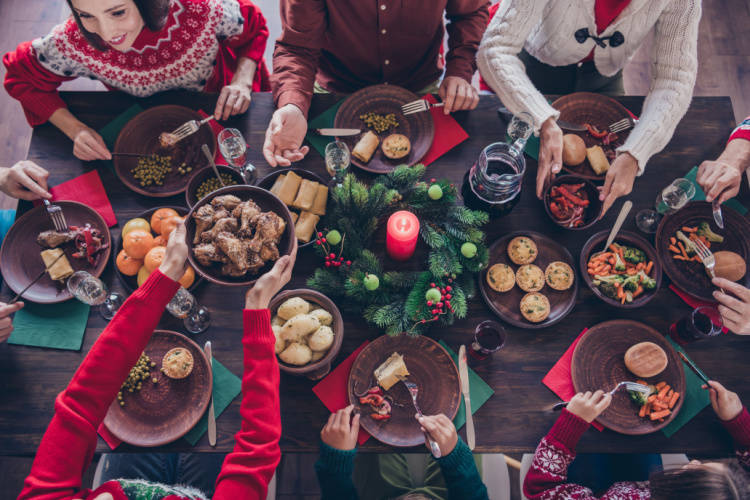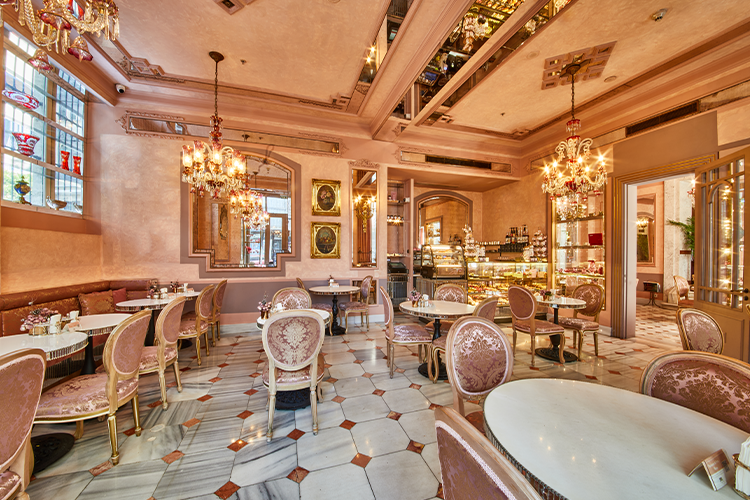January 6 Orthodox New Year… What is the Feast of the Epiphany?
The Feast of the Epiphany, where the birth and baptism of Jesus Christ is celebrated, is one of the important religious holidays of Christians. The name we all know is Christmas. However, The Feast of the Epiphany is celebrated in January, not December. If you have not heard of this holiday before, let’s have a look at the interesting story and celebration traditions of The Feast of the Epiphany together.
What is the Feast of the Epiphany?

The Feast of the Epiphany, also known by various names such as the Theophany, Three Kings’ Day, and the Feast of January 6, is one of the oldest religious holidays of Christians. Before examining the story of this important holiday, it is necessary to learn what the word epiphany means.
The word Epiphany, also referred to as Hagia Epiphany, is a word of Greek origin. It means to appear or come in sight. According to the story, three kings went to see Jesus after his birth and to present him with gifts. It is thought that these kings foresaw the birth of Jesus Christ. The Feast of Epiphany is celebrated every year on January 6 to commemorate the visit of the kings and the celebration. Since this visit took place 12 days after the birth of Jesus, the Feast of the Epiphany is also known as the “Twelfth Night”.
In addition, it is stated that January 6 is accepted as the day when Jesus was baptized and therefore it is celebrated as a holiday.
Why Do Orthodox Christians Celebrate Christmas on a Different Date?
The date on which Christmas is celebrated varies depending on the church or sect. Protestants and Catholics celebrate Christmas on December 25 and Orthodox Christians celebrate Christmas on January 6. The reason for this difference in Christmas celebration dates is that churches adopt different calendars.
Catholics, Protestants, and some Orthodox people use the Gregorian calendar, also known as the Christian calendar, which was introduced in 1582. According to this calendar, Christmas is celebrated on this date because it falls on December 25th.
According to the Julian calendar, Christmas falls on January 6. Orthodox Christians who follow this calendar celebrate Christmas 13 days later than Catholics.
How to Celebrate the Feast of Epiphany?

Epiphany Feast celebrations also vary depending on the countries and the churches they belong to. The enthusiastic holiday celebrations feature ceremonies emphasizing generosity, unity, and solidarity.
There are also some ceremonies and traditions that continue to be performed regularly on the Feast of the Epiphany. Let’s touch on these briefly:
The Ceremony of Crossing the Line
The ceremony of Crossing the Line is among the most important traditions of the Feast of Epiphany. This ceremony symbolizes the baptism of Jesus Christ and his taking out of the sea. According to tradition, first, a prayer is said and then a large cross is thrown into the sea by the religious official leading the service. Immediately afterward, Christians jump into the sea and compete with each other to remove the cross. It is believed that the person who retrieves the cross from the sea will spend that year in good health. This ceremony is held every year in the Golden Horn and attracts great attention from both Istanbulites and tourists.
Church Services
To celebrate the Feast of Epiphany, churches are specially decorated and prepared for the service. Christians who would want to participate in the holiday celebration come together in the church. During the service, hymns specific to the holiday are sung and sections from the holy book, the Bible, are read. Tourists also participate in these rituals, which attract a lot of attention.
Big Family Suppers
To celebrate the Feast of Epiphany, families come together and spend time together at large tables. The tables are filled with dishes that require effort. Elders get visited and they say their prayers.
Local traditions also vary in holiday celebrations. For example, according to tradition, the feast table that is prepared for the holiday should consist of 12 different meatless dishes. In another, a non-alcoholic and meat-based table consisting of 12 dishes is prepared in reference to the 12 apostles of Jesus Christ. According to another tradition, prunes and hazelnuts are placed on a table that is covered with hay to symbolize the stable where Jesus Christ was born.
These articles may also be of interest to you:
The Spirit of Easter at the Patisserie de Pera: Easter Traditions Different Around the World



